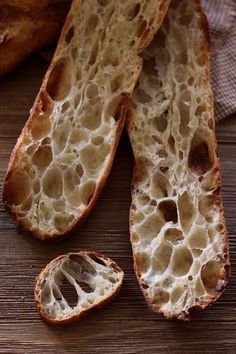Ok so I'm not normally a bad cook, most things come right the first time I try them, including complex cakes and the like but...
I can't make bread.
This is so frustrating for me. I've finally got the temperature right for the yeast and I get a good rise but I can't get the dough right.
I can never get my dough to look like the dough in almost every youtube video I've watched. It simply never happens. The dough is either much too sticky that I can't kneed it, or much too stiff and it 'tears' as I kneed it and kneeding it for 30 mins doesn't result in a silky elastic dough.
I'm using the Great British Bake off reciepe as they are normally a good place to start:
700grams strong bread flour,
450ml luke warm water
7g Dried active yeast,
2 tablespoons of salt.
Mix the dry, make a well, add the liquid.
But I had to add more flour for it to be kneedable and now it just 'tears' and rips as I kneed it. It also feels somewhat stiff but I've no idea what is too stiff or not.
I dont want to add more water, as even now, when I kneed it hard and ir rips and tears, it gets sticky again and I have to dust more flour to continue to kneed without it getting stuck to my fingers...

Any advice?
I can't make bread.
This is so frustrating for me. I've finally got the temperature right for the yeast and I get a good rise but I can't get the dough right.
I can never get my dough to look like the dough in almost every youtube video I've watched. It simply never happens. The dough is either much too sticky that I can't kneed it, or much too stiff and it 'tears' as I kneed it and kneeding it for 30 mins doesn't result in a silky elastic dough.
I'm using the Great British Bake off reciepe as they are normally a good place to start:
700grams strong bread flour,
450ml luke warm water
7g Dried active yeast,
2 tablespoons of salt.
Mix the dry, make a well, add the liquid.
But I had to add more flour for it to be kneedable and now it just 'tears' and rips as I kneed it. It also feels somewhat stiff but I've no idea what is too stiff or not.
I dont want to add more water, as even now, when I kneed it hard and ir rips and tears, it gets sticky again and I have to dust more flour to continue to kneed without it getting stuck to my fingers...
Any advice?


